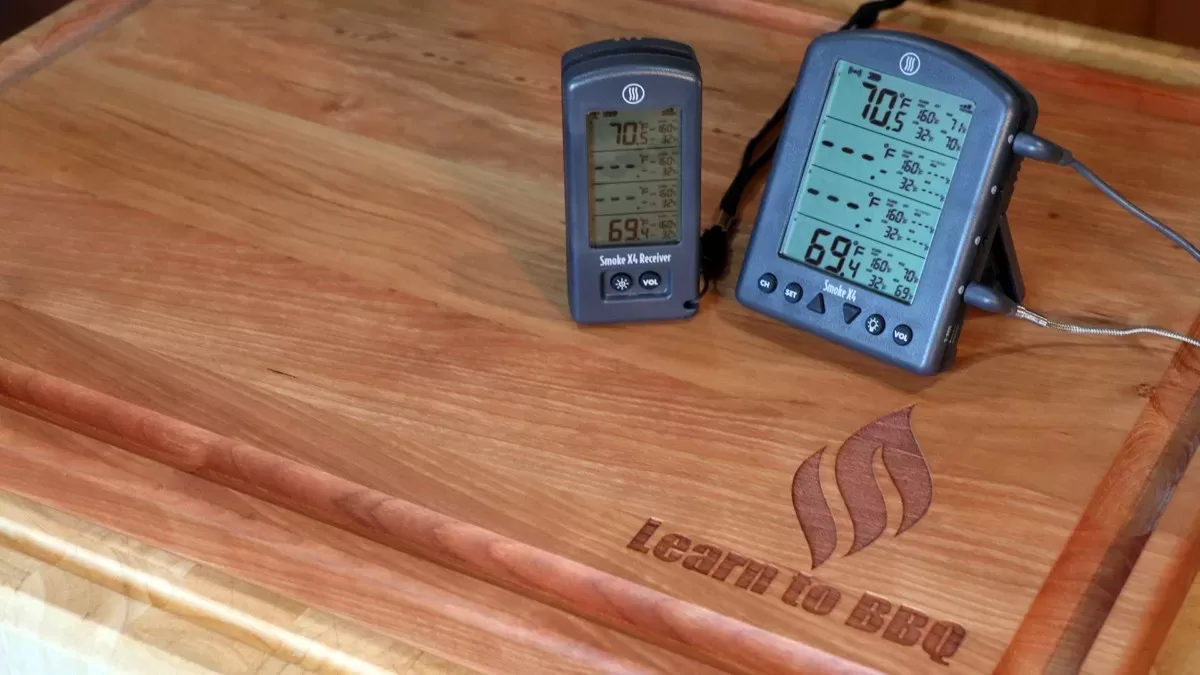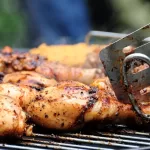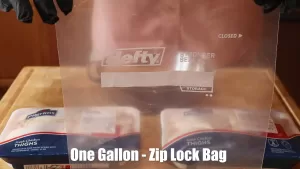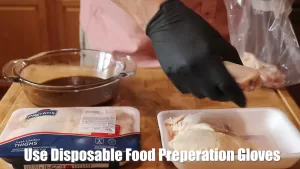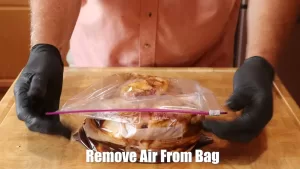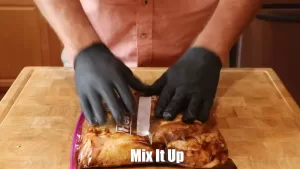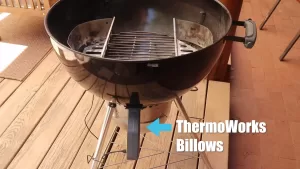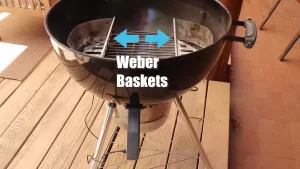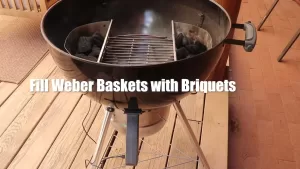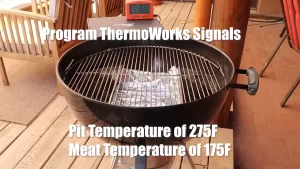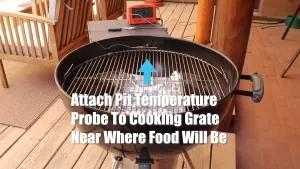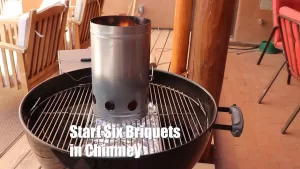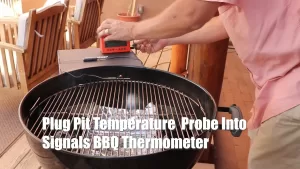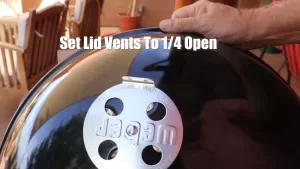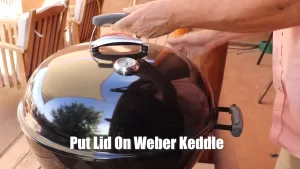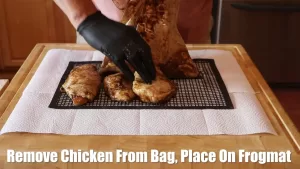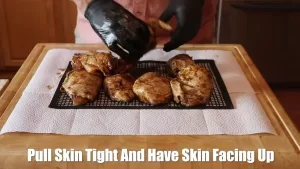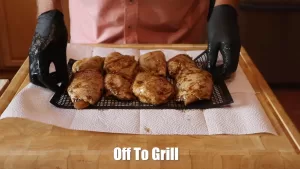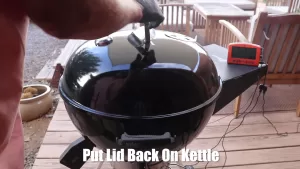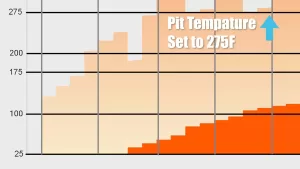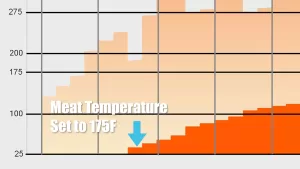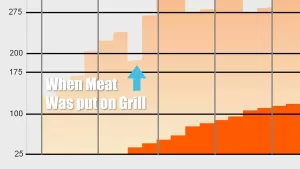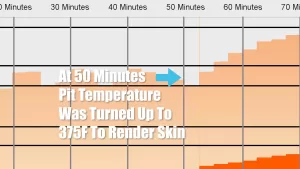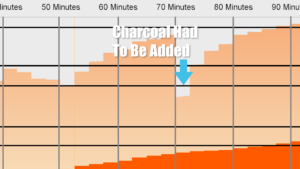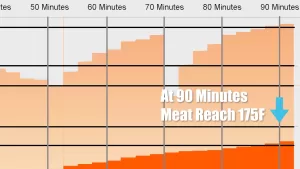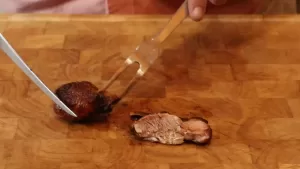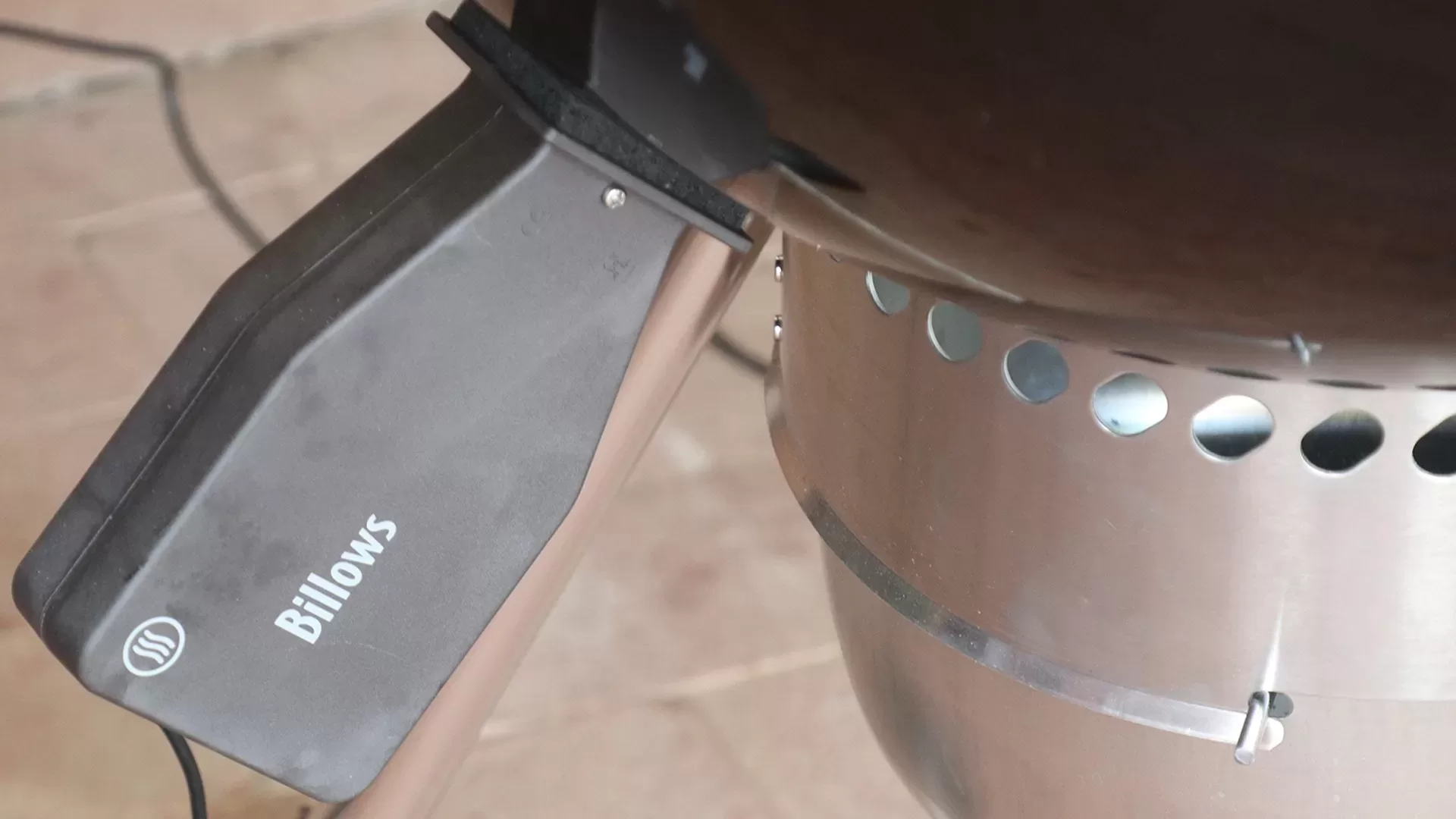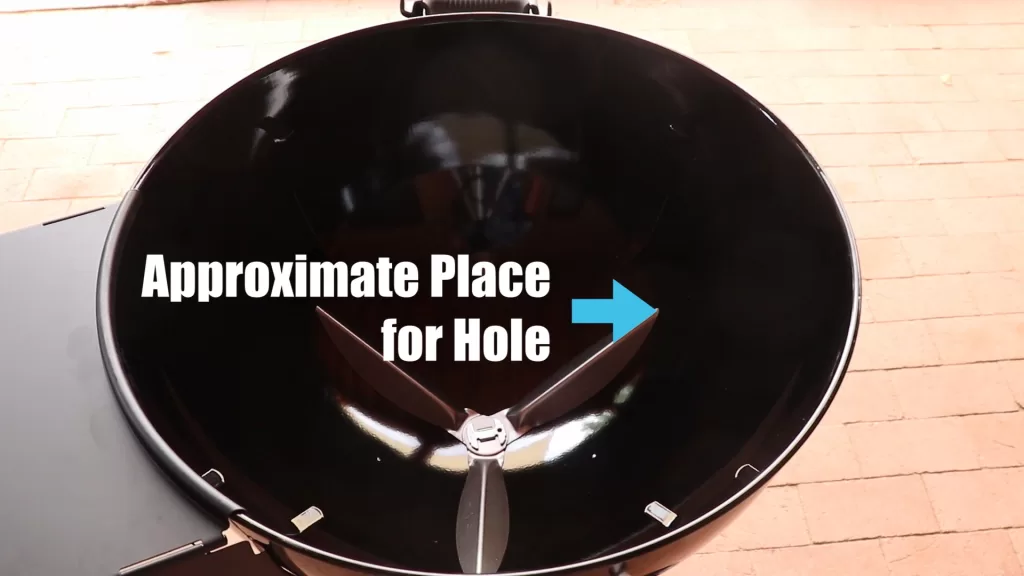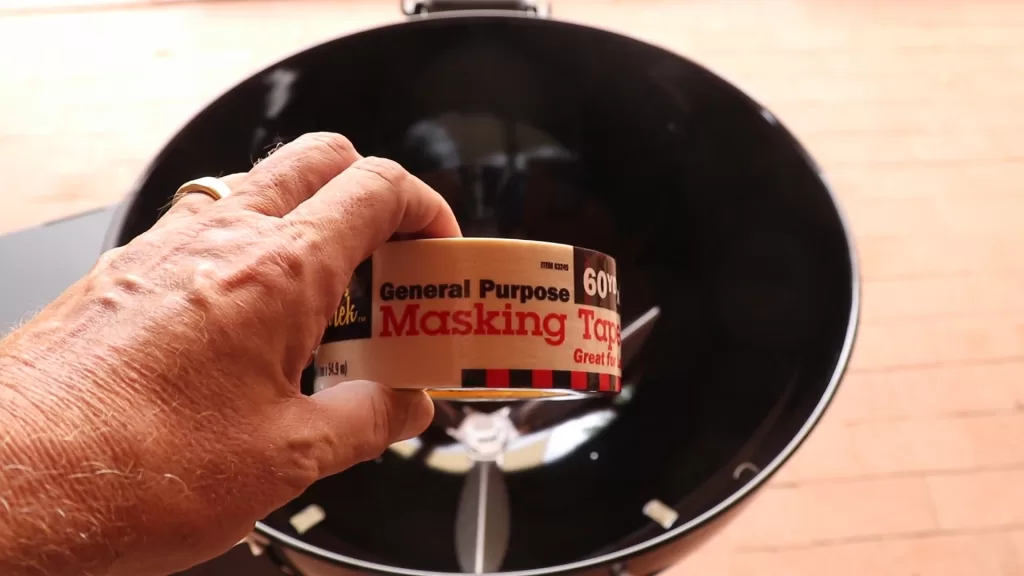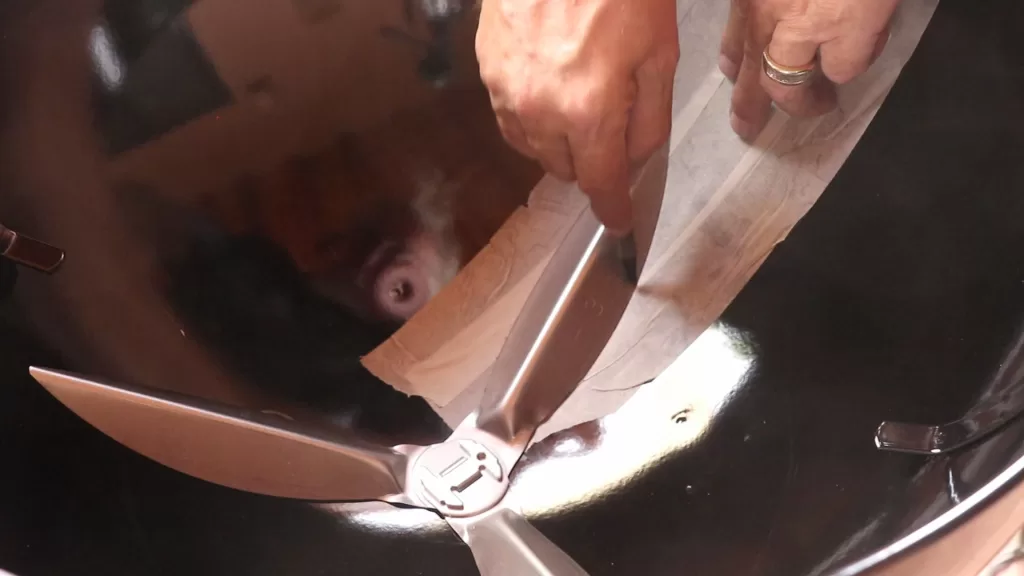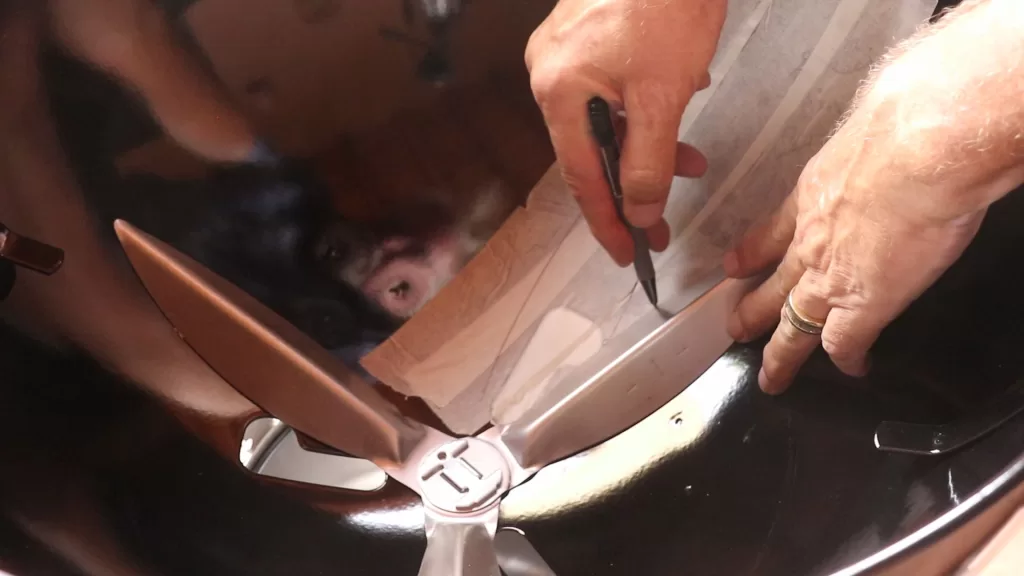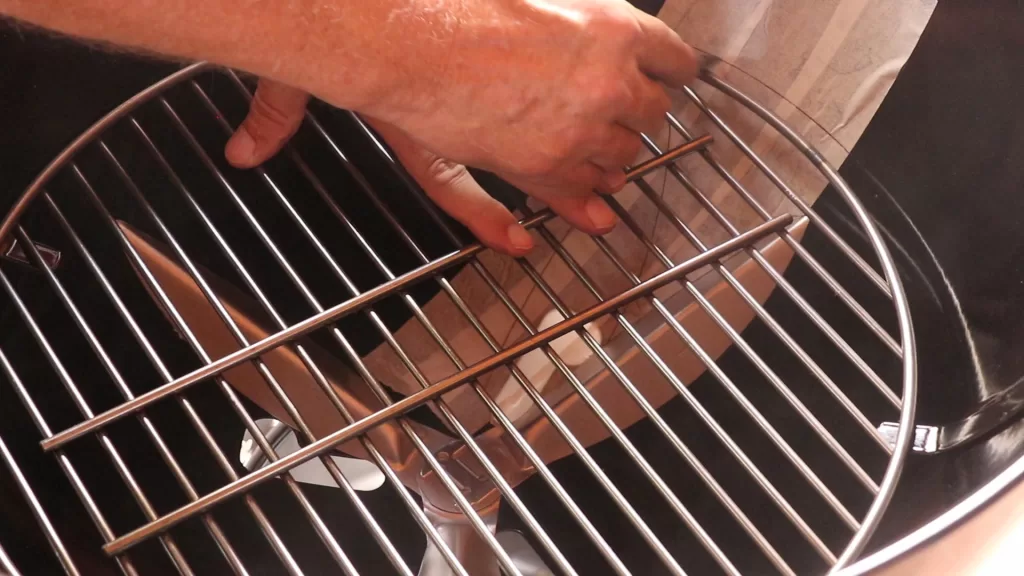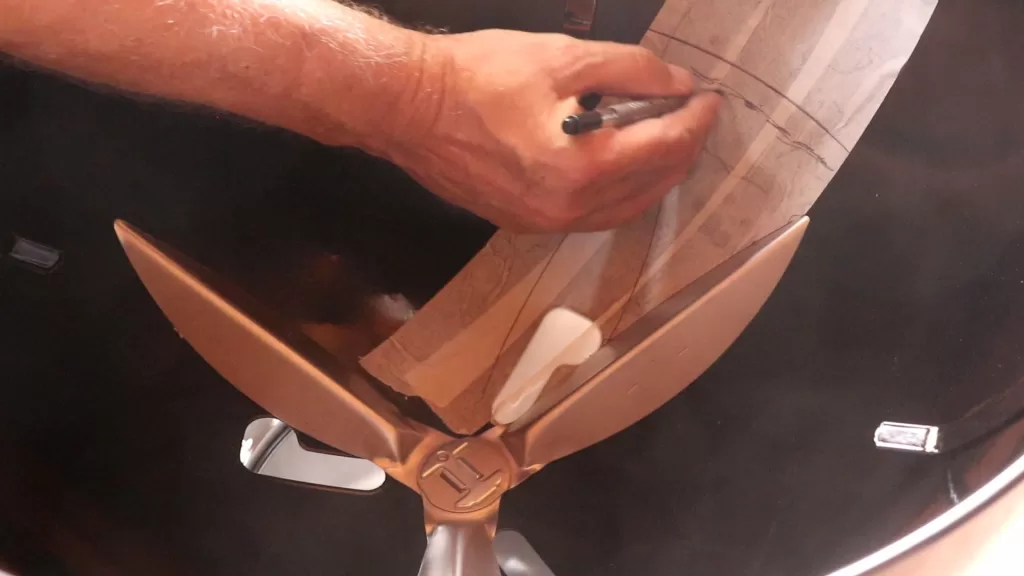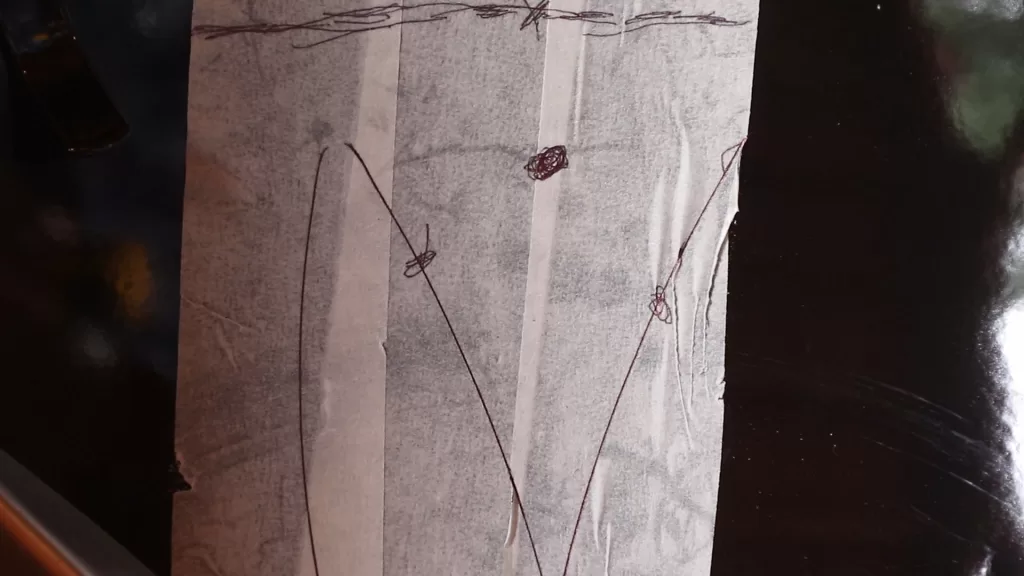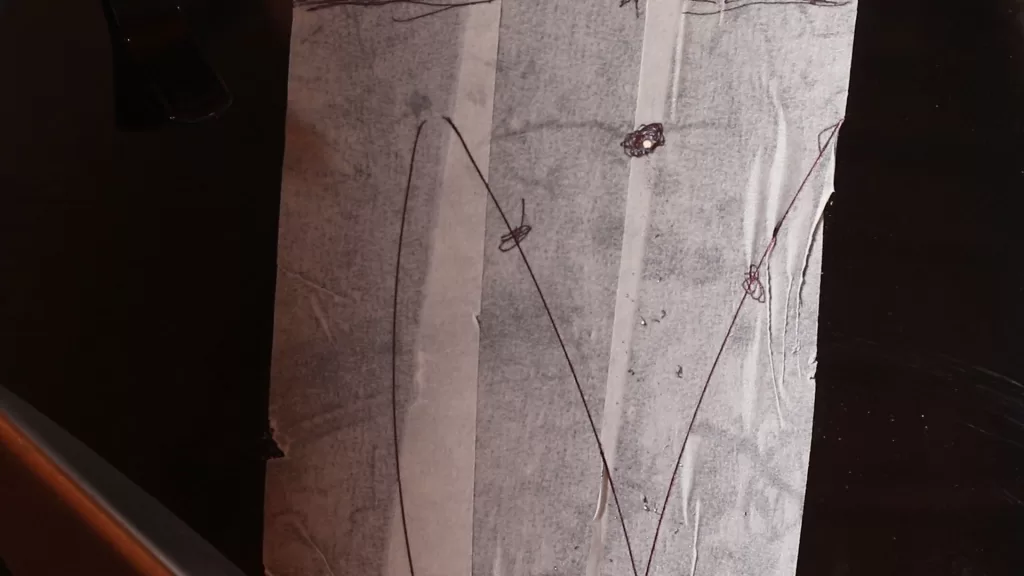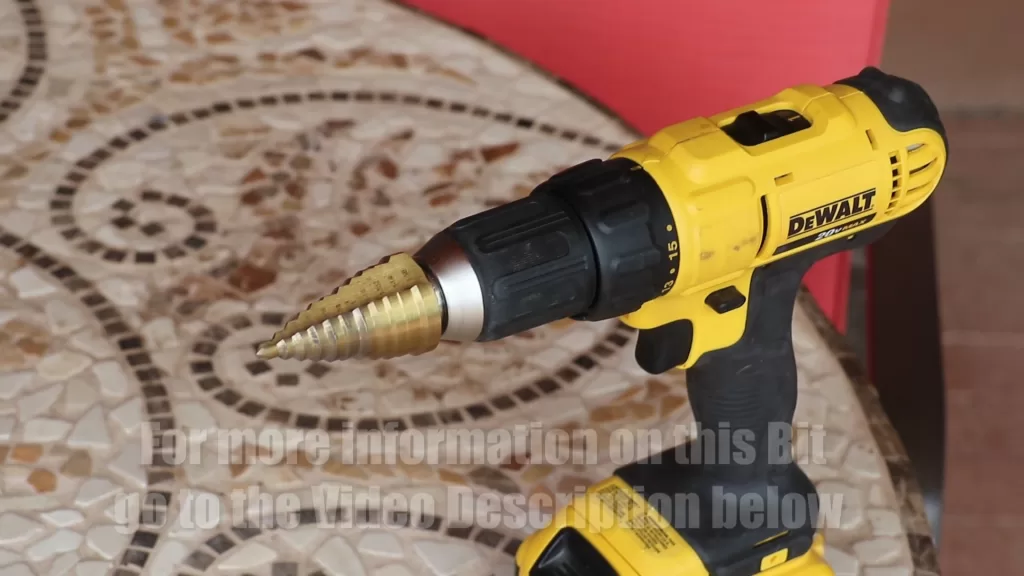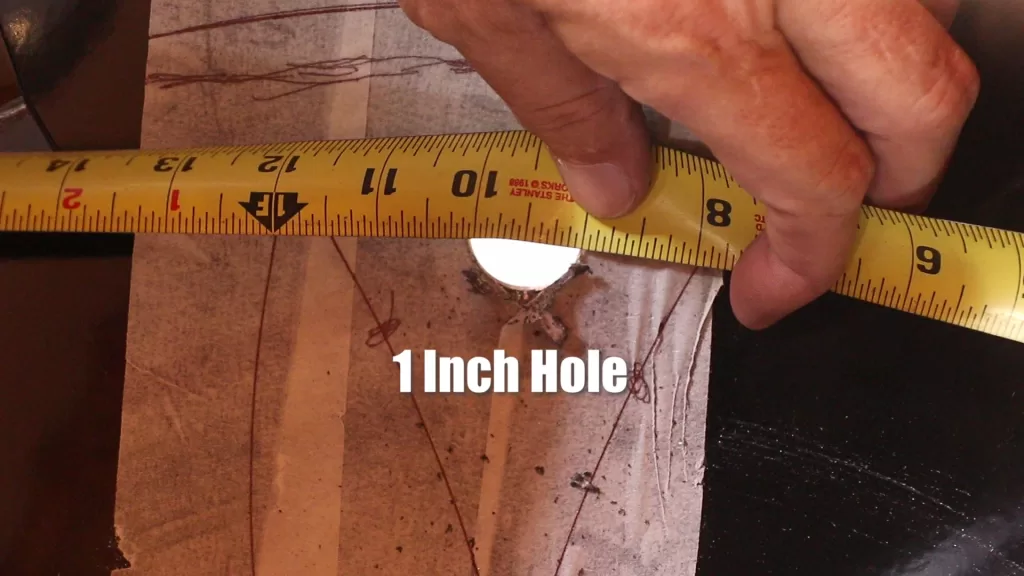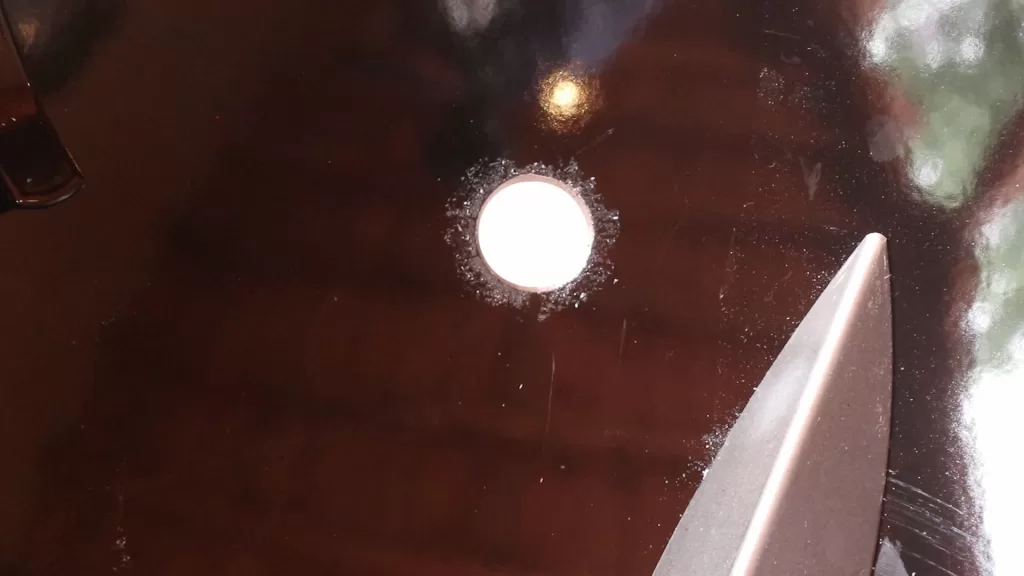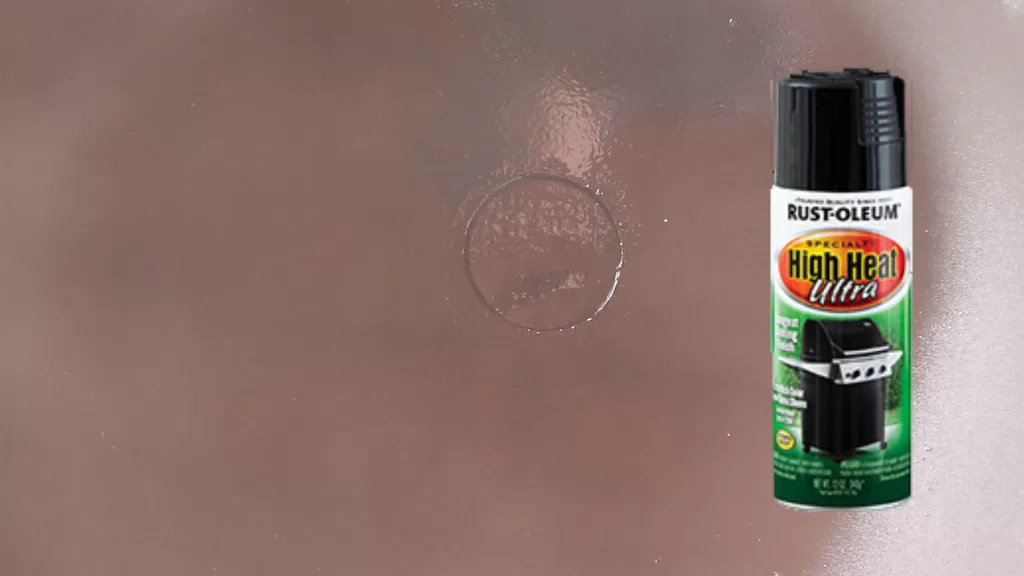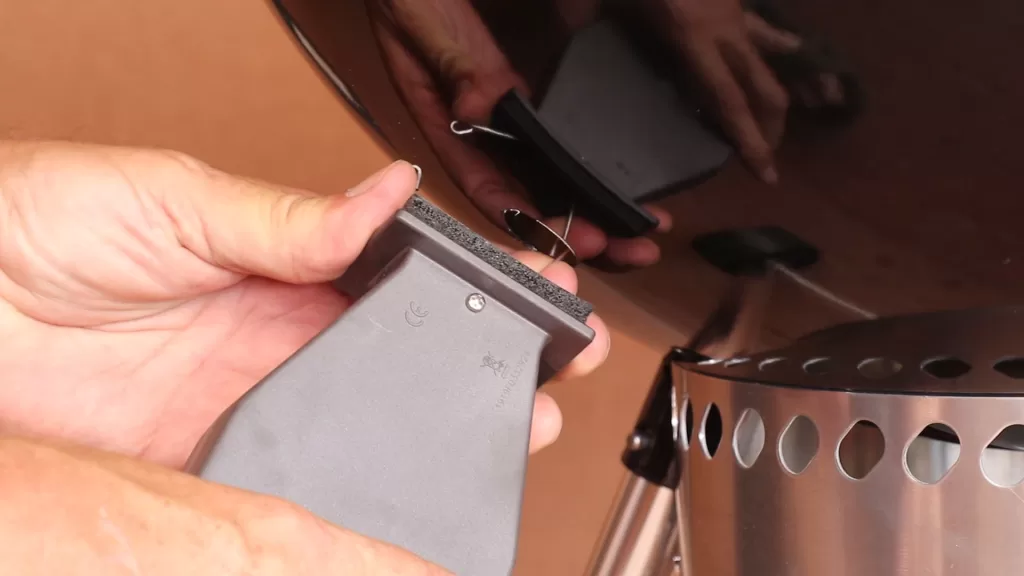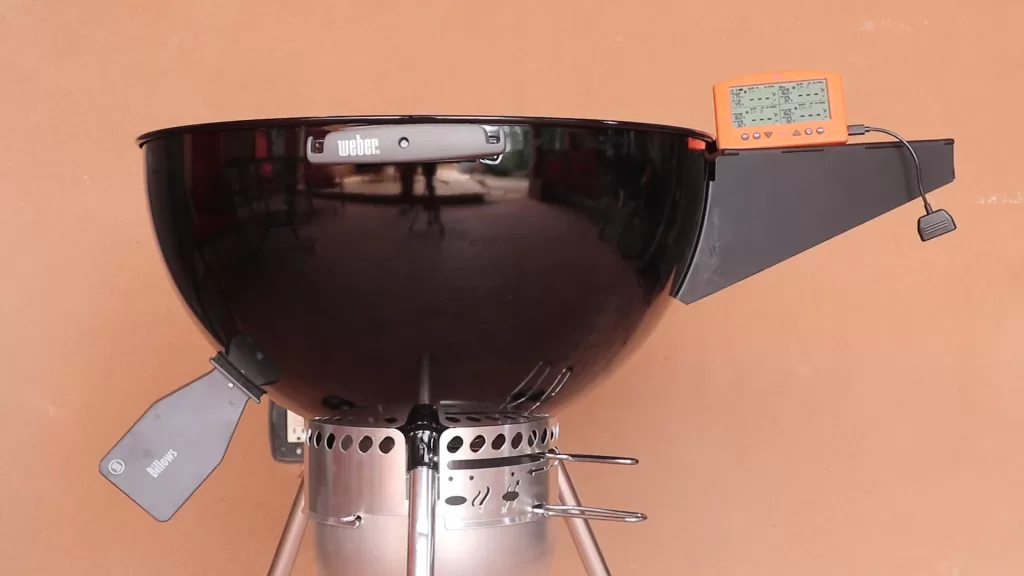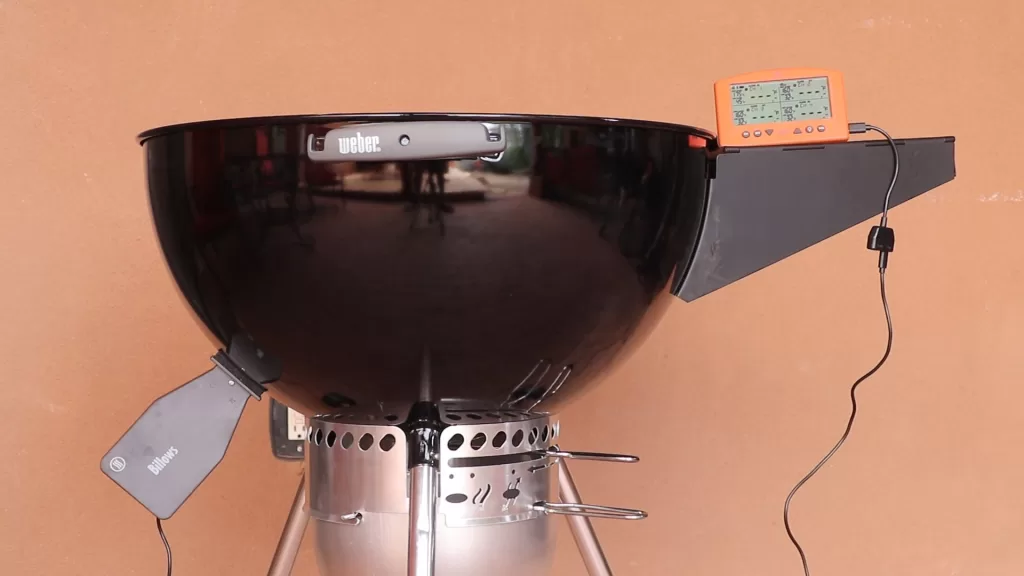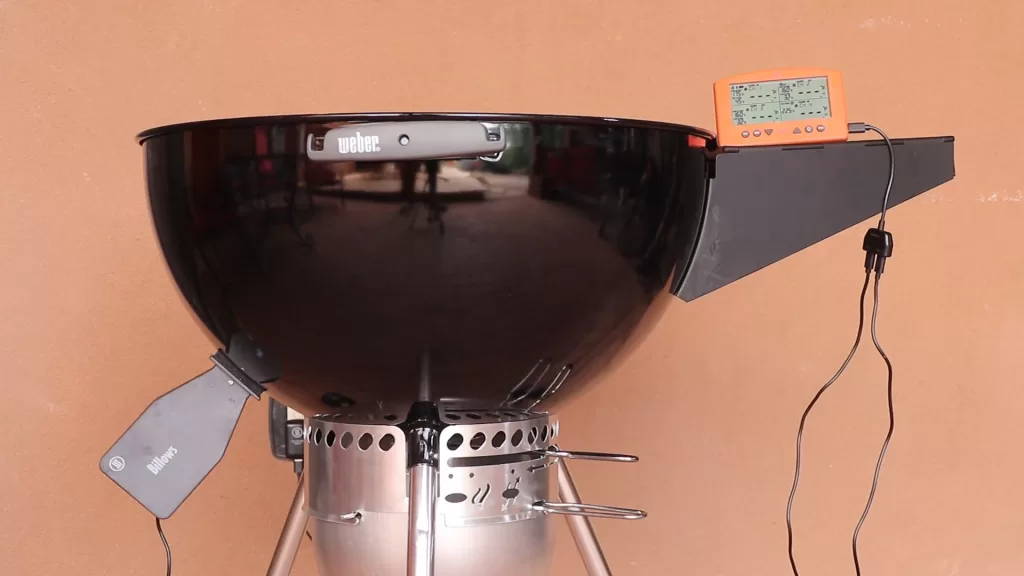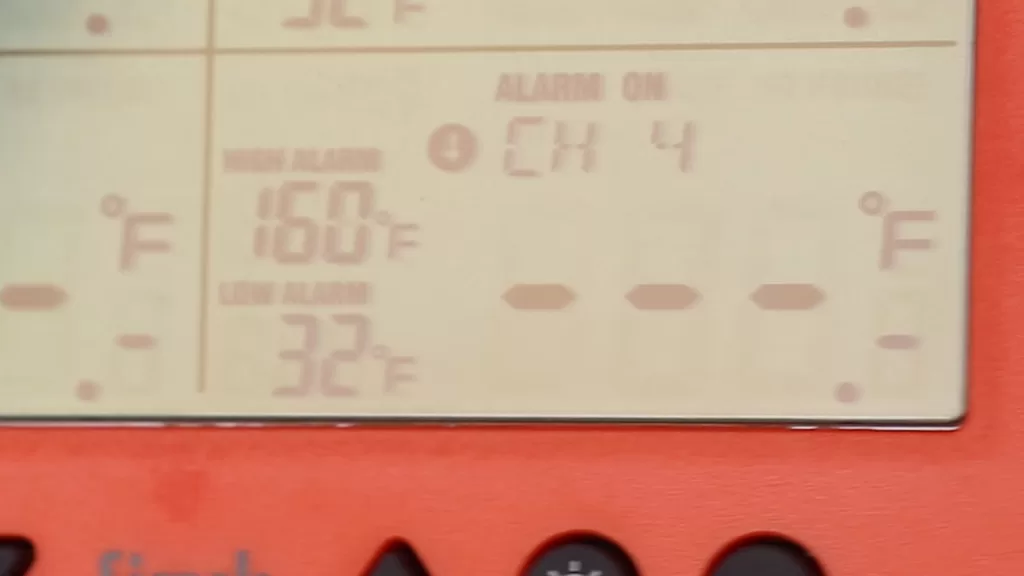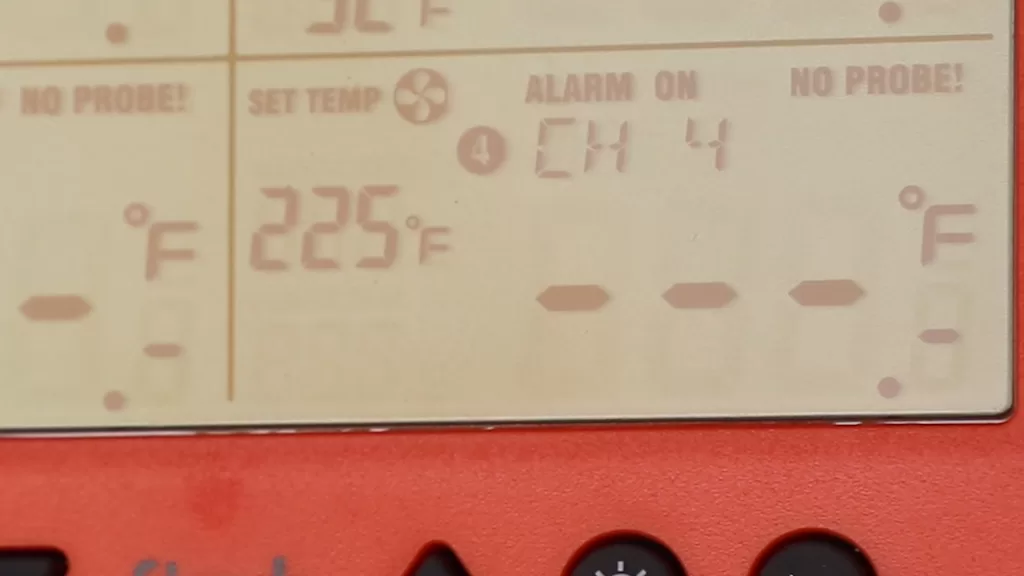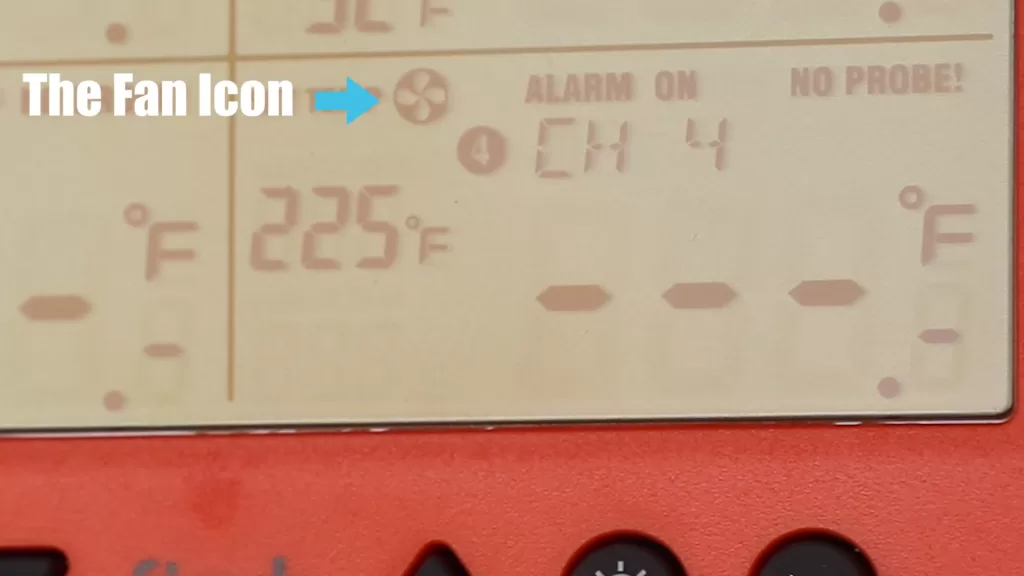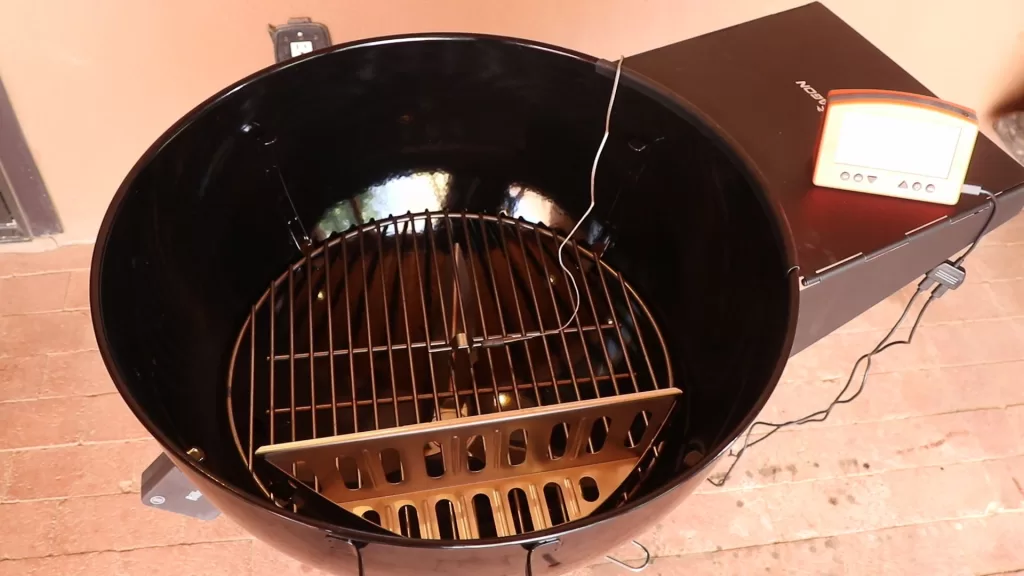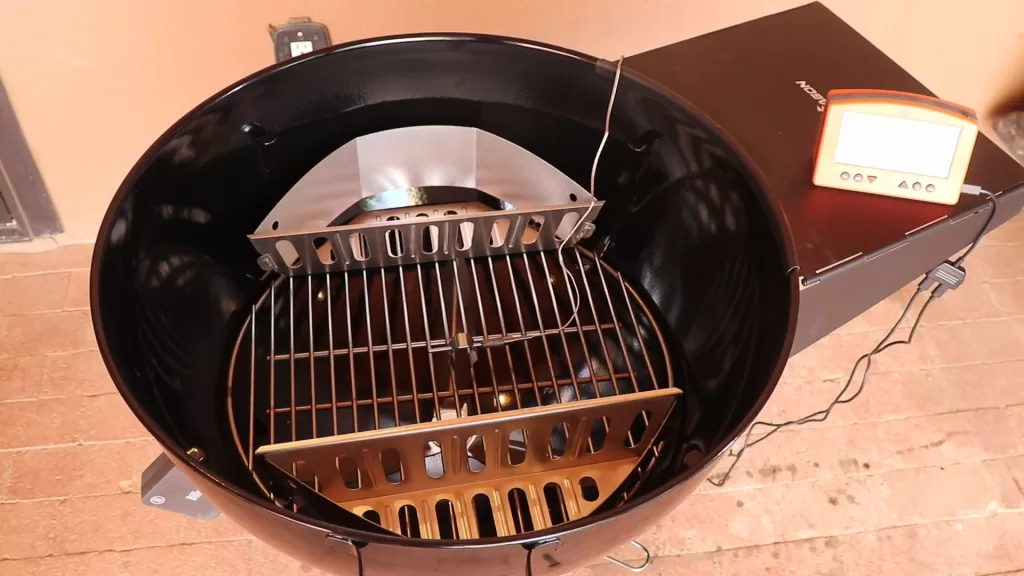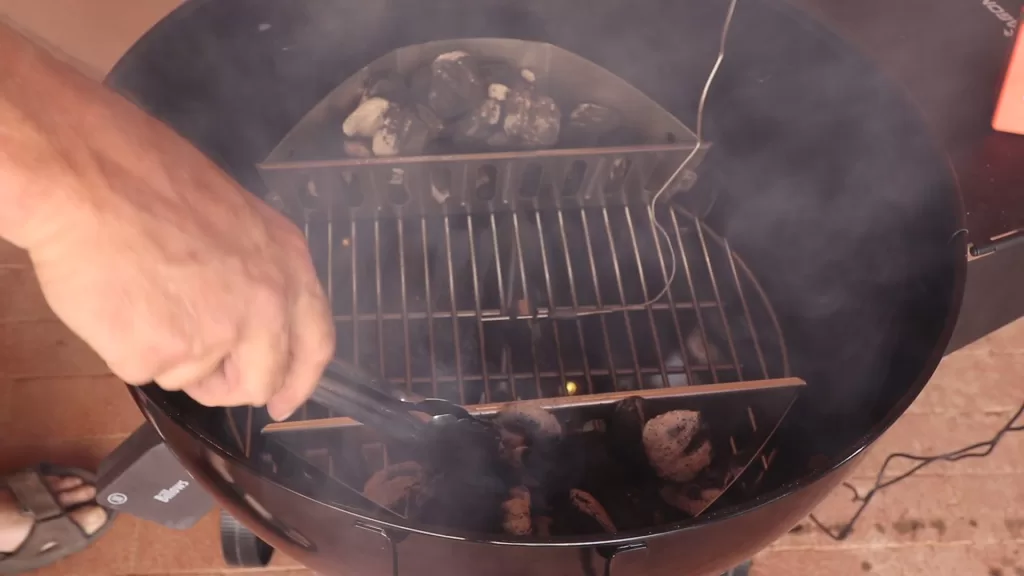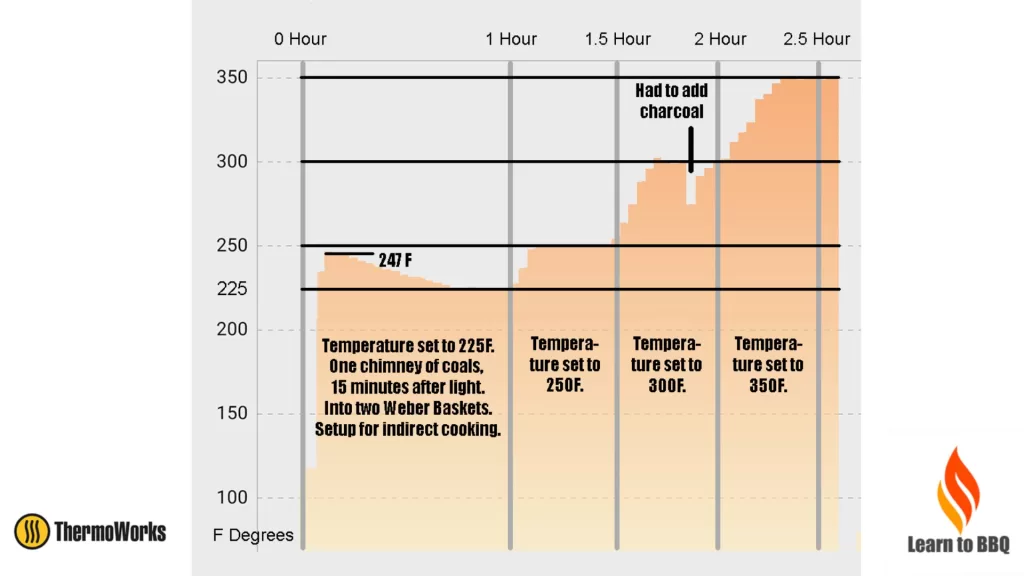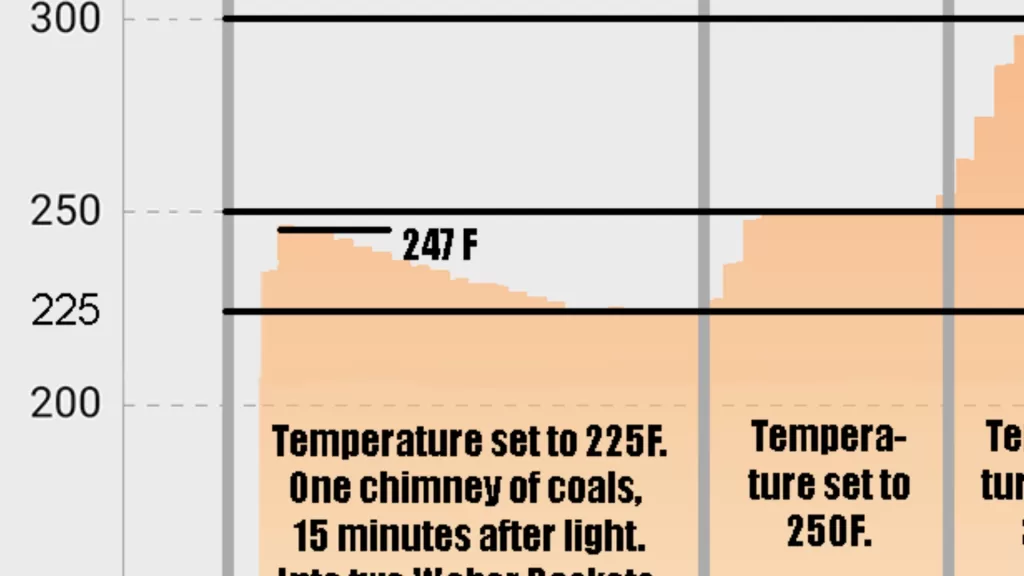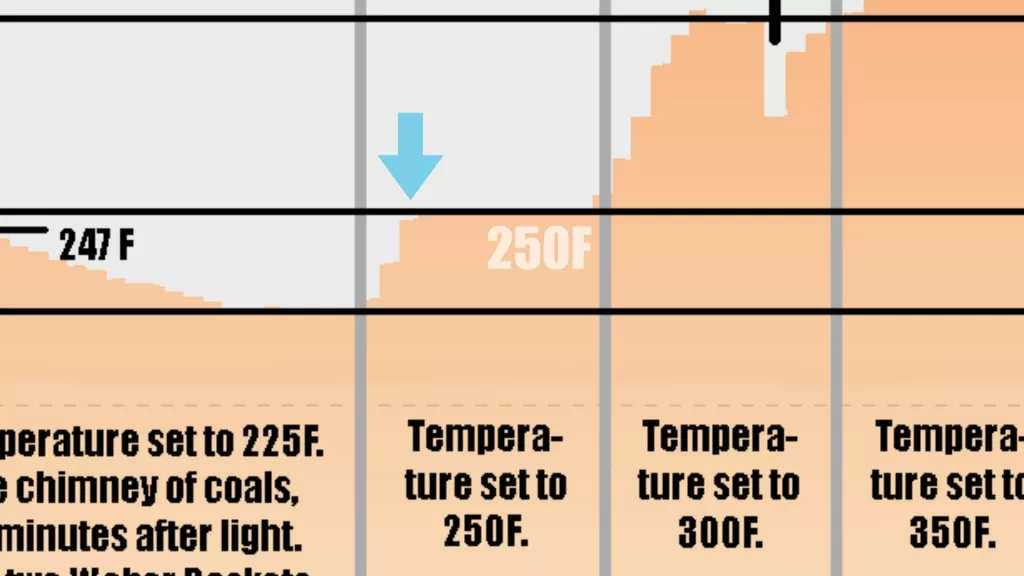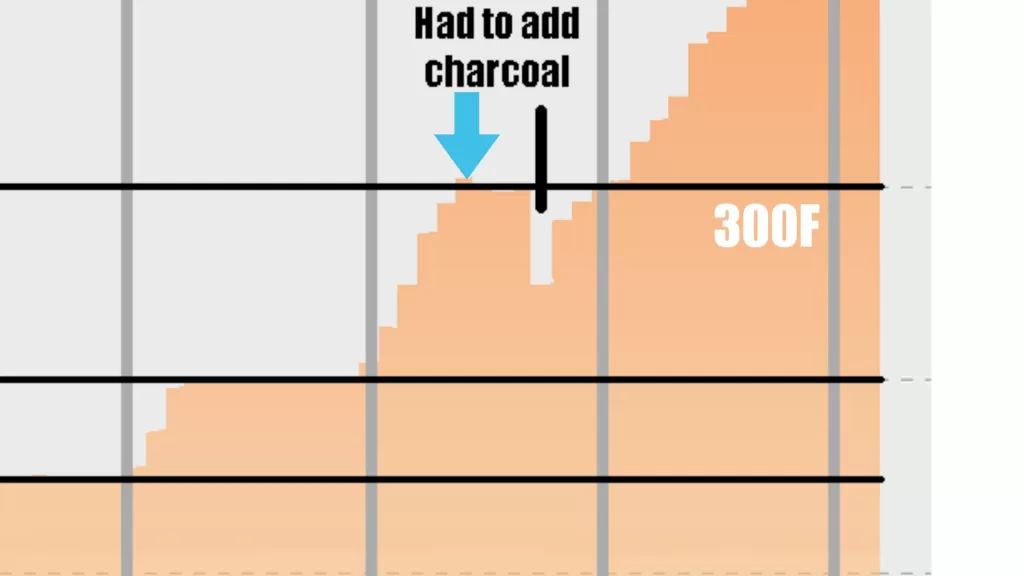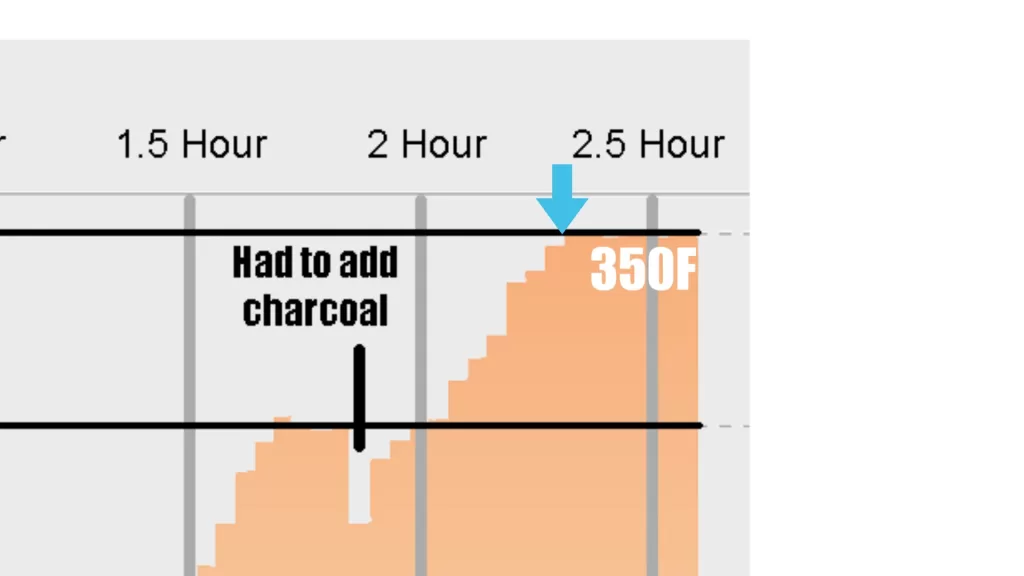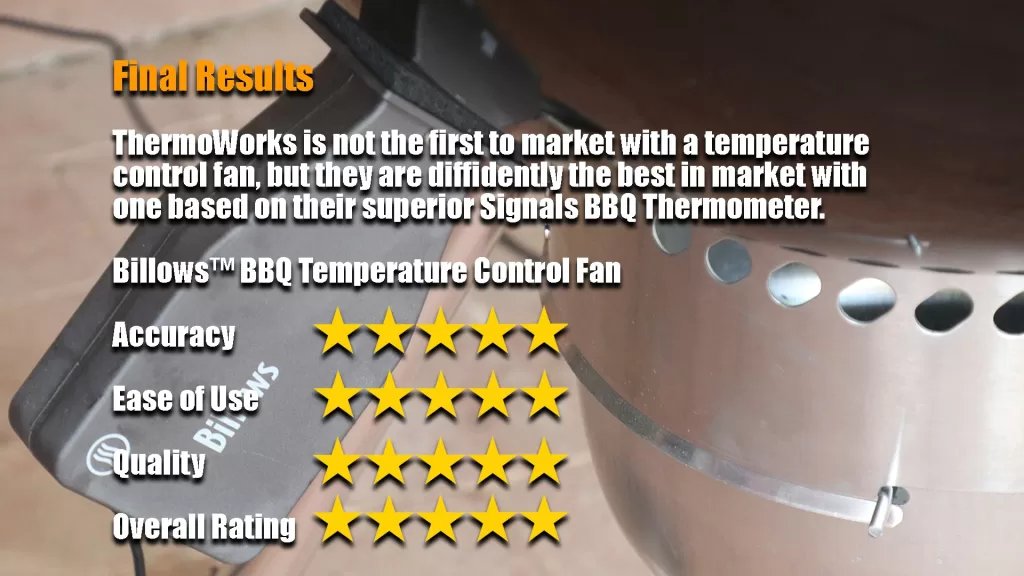Today we are going to review the ThermoWorks Smoke X4.
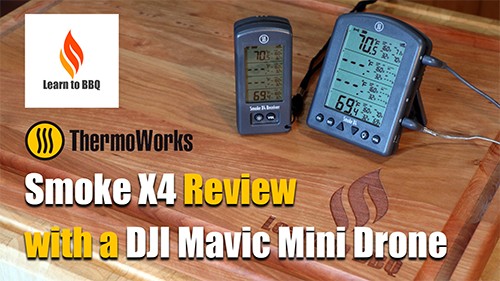
Now to answer the obvious question in what does a drone like the Mavic Mini have to do with reviewing the ThermoWorks Smoke X4? Well the Smoke 4X has a transmitter capable of transmitting over a mile and a quarter, as long as nothing is in the way. I live on 4 acres and am surrounded by trees and rolling hills. So I came up with two tests. One is the football field test where I marked 9 spots that were 300 ft or 100 yards (football field) away from my outside BBQ Deck. The circumference of this circle is just under 1,885 feet or over a third of a mile. The Smoke X4 also had to transmit through 6-inch house walls, trees, and even a fifth-wheel travel trailer. The second test was to see how far I could go from the BBQ deck before it stopped transmitting. I will get to that test later in this article.

So why the drone? It has the ability to measure straight line distance from where it takes off. It is very accurate with GPS and ground sensors. It is so precise if you tell it to go home it will fly right back to the place it took off from. If you watch the video review below you can actually see the drone in action.
Now let’s talk features. Or let’s realize that this product is great because it does not have all these features. Actually we are going to talk about what the product does not have.
First The Smoke X4 does not have WiFi

One of the number one complaints I get is my thermometer or grill keeps disconnecting from the wifi. In one extreme case this guy decided to put on a brisket and then went to Home Depot thinking he could monitor his brisket cook from afar. Well the grill disconnected from the WiFi so he had no way to monitor. When he got back his grill had started a grease fire and the grill, the brisket, and part of his deck were on fire.

So the lesson is don’t ever leave an unattended bbq cooker, period. Even if the thermometer was connected to WiFi his grill would have still caught on fire. Stay home and send somebody else to the store.
The next thing that the Smoke X4 does not have is Bluetooth.

Personally except for connecting my phone to my car audio I am not a Bluetooth fan. Why if I walk 25 feet away from a Bluetooth grill or thermometer it justs disconnects. The worst part is Bluetooth devices do not tell you they are disconnected so you think they are working.

Many a chicken has been overcooked or burnt because of Bluetooth disconnect.
Now the other thing the Smoke X4 does not need is AC power.
It is battery powered and can run for hours. So now when you go camping and you bring your smokey Joe and to cook some BBQ chicken well now you can leave the lid on and know when those chicken thighs hit 175F. No AC needed.
So no Wifi, no bluethooth no AC and no problems.

Now there are some things they did add that I really like. The lanyard is such a simple idea and makes it almost impossible to misplace the receiver. When I first put it on it reminded me of another product that has a lanyard.
When running the football field test I walked to every spot and first made sure I was still connected but to really make sure it would work I turned off the receiver and then let it reconnect. In all 9 spots it reconnected in 30 seconds or less.
The next test was how far can I go before the transmitter fails to connect with the receiver.

This test I wanted to make it hard on the unit so I walked to an area that was below the horizon and had plenty of trees. It finally stopped working at 1,053 feet or 2/10 of a mile and this was not close to line of sight. If you want to actually see how far it looks using the drone please watch the video below for the full review. It also will give you instructions on how to program the unit.
In closing if you are looking for a NO PROBLEMS remote thermometer that just works and works well you cannot get any better than the ThermoWorks Smoke X4 or X2.
Please click on the link to learn more or to purchase the great thermometer.
To learn more about the drone, click below

